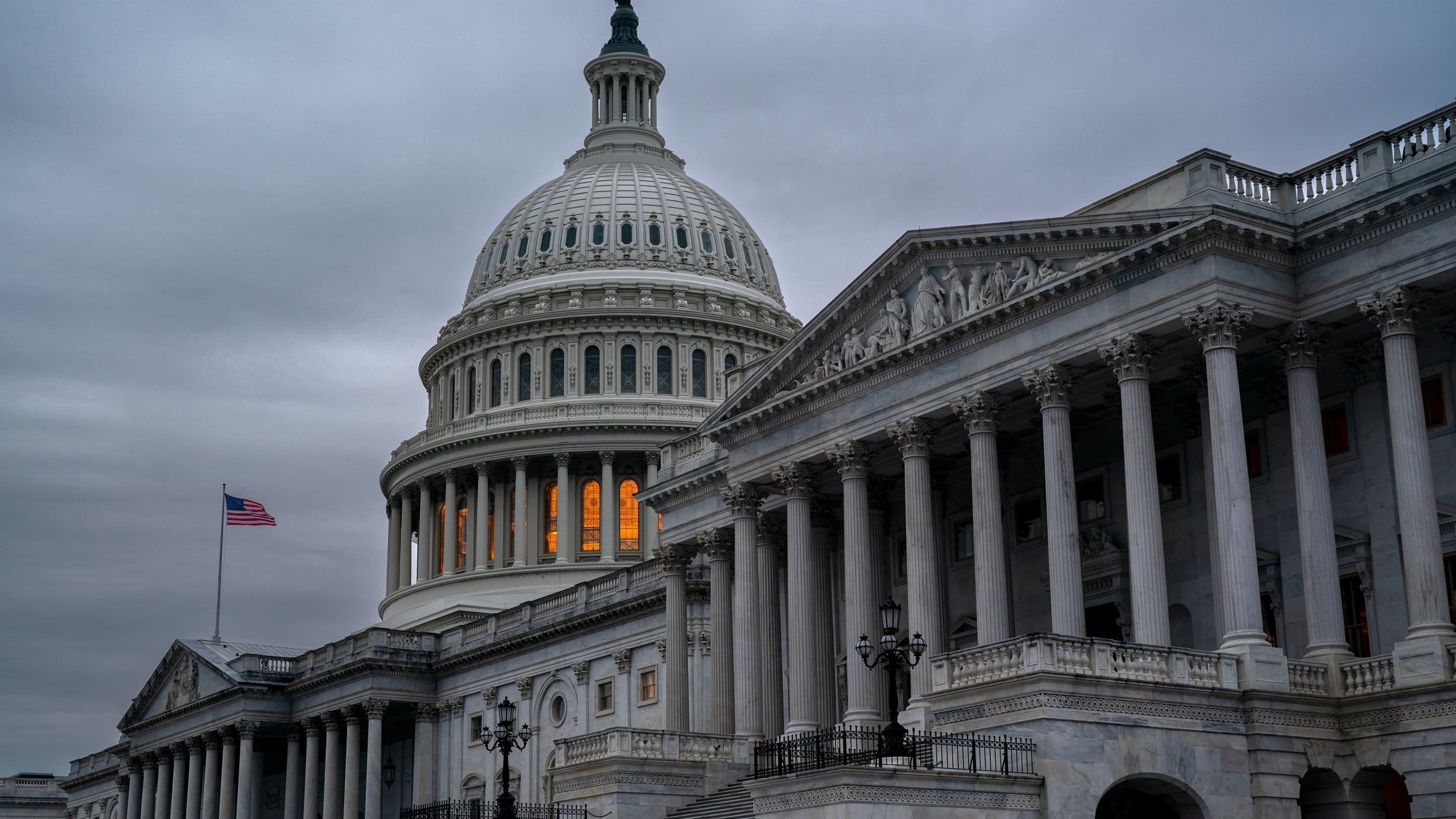The first B-1B Lancer bombers are back in the air after concerns over its ejection seats grounded the entire fleet nearly a month ago, Air Force Global Strike Command said Tuesday.
The B-1B fleet was grounded by Gen. Timothy Ray, commander of Global Strike Command, March 28 over concerns with the drogue chute system, which corrects the seat’s angle to allow an airman to safely eject from the bomber. It was the second time in a year the Air Force grounded the Lancer over an ejection seat issue.
B-1Bs will be returned to flight status individually, as inspections and maintenance are finished on them, the command said in Tuesday’s news release.
Maintenance personnel and aircrew flight equipment technicians inspected the entire ejection system during the stand-down, before clearing each aircraft to fly again.
“We are proud of the tremendous efforts of our maintainers and aircrew flight equipment technicians in identifying, inspecting and remediating any potential issues with the B-1B egress system,” Maj. Gen. James Dawkins Jr., commander of the 8th Air Force, said in the release. “The aircraft are still safe to fly and we are confident that this stand-down has resulted in increased safety within the B-1B fleet.”
RELATED

The Air Force said it ordered the stand-down and inspections after finding issues with the rigging of the drogue chute during a routine inspection of the system.
The Air Force has 62 B-1Bs in its inventory, which are assigned to Dyess Air Force Base in Texas, Ellsworth Air Force Base in South Dakota, and receive depot maintenance at Tinker Air Force Base in Oklahoma. Global Strike Command declined to say what day the first Lancer returned to flight, citing operational security concerns.
Global Strike also did not say how many Lancers had returned to flight, but said there will be a “staggered return to flight” as more are inspected.
During a discussion with reporters last week, Ray said he was alarmed by what he had seen of the drogue chute configurations, and he quickly reached out to the bombers’ crews.
“My immediate concern was for the safety of the crews,” Ray said. “I reached out to them directly through command channels and ... emails ... and said basically, ‘I don’t care how bad the readiness is, your personal safeties are more important.’”
Ray said a typical B-1B took between seven to 10 days to thoroughly inspect the egress system. Dyess was able to inspect three airplanes a week, and Ellsworth could inspect two a week, Ray said.
But, he said, Global Strike did not find deeper problems.
“It’s not a young airplane, so the wear and tear on it is part of the things we find,” Ray said. “Every aircraft needs to be inspected. So there’s no shortcuts on that.”
In May 2018, a B-1B from Dyess had to conduct an emergency landing at a Texas airport when a fire broke out in its wing at the end of a training run. The crew started the ejection sequence and the plane’s hatch was blown, but an armed but malfunctioning ejection seat refused to eject. The crew made the brave decision to stick together and try to land the plane, rather than have the others eject and leave the airman with the malfunctioning seat behind.
That successful emergency landing in Midland, Texas, led to a fleet-wide grounding last June.
Valerie Insinna of Defense News contributed to this report.
Stephen Losey is the air warfare reporter for Defense News. He previously covered leadership and personnel issues at Air Force Times, and the Pentagon, special operations and air warfare at Military.com. He has traveled to the Middle East to cover U.S. Air Force operations.





